Description
Corrosion, which refers to the gradual degradation of metals due to chemical reactions with the environment, poses a major challenge to all walks of life. It can compromise the integrity of structures, equipment and pipelines, resulting in safety hazards, production disruptions and significant economic losses. To address this widespread problem, using corrosion probes has become a key tool for effectively monitoring and managing corrosion. This paper discusses the definition, purpose and function of corrosion probes, especially EMT-CP corrosion probes. In addition, it highlights the advantages of corrosion probes, discusses their innovative design with cartridge seals, and highlights the importance of corrosion monitoring in optimizing safety and productivity in different industries.
Definition of Corrosion Probe
Corrosion probes, also known as corrosion monitoring probes, are specialized devices that assess and monitor corrosive activity on metal surfaces. It provides valuable data on corrosion rates, local corrosion, and the effectiveness of corrosion control measures. By continuously monitoring the condition of the metal, corrosion probes enable timely maintenance and intervention to prevent or mitigate corrosion-related problems.
Purpose and Function of a Corrosion Probe
The primary objective of these probes is to collect precise and dependable data about corrosion processes occurring in industrial environments. It helps determine the cause and location of corrosion, assess the effectiveness of corrosion inhibitors or coatings, and determine the best time for maintenance and repair. By monitoring corrosion, these probes enable the industry to make informed decisions, improve safety, extend asset life, and reduce maintenance costs.
Description of the EMT-CP Corrosion Probe
Material Composition
The EMT-CP corrosion probe is made of high-quality materials, mainly 316 stainless steel and DUPLEX SS(duplex stainless steel). These materials have excellent corrosion resistance and provide long-lasting performance even under harsh operating conditions.
Operating Temperature Range
The EMT-CP corrosion probe can operate in a wide temperature range of 20-200 ° C. It is suitable for a variety of industries where temperature fluctuations are common.
Key Features of Corrosion Probe
The EMT-CP Corrosion Probe boasts several key features that contribute to its effectiveness and usability:
- Ease of Use: The corrosion probe is designed for straightforward installation and operation, allowing users to integrate it into their corrosion monitoring systems quickly.
- High Precision and Long Life: With advanced technologies and durable materials, the EMT-CP Corrosion Probe offers high precision in corrosion monitoring and boasts a long service life, minimizing the need for frequent replacements.
- High Efficiency and Low Cost: The corrosion probe is engineered to provide efficient and accurate monitoring while remaining cost-effective. It helps industries optimize resources by preventing downtime and reducing maintenance expenses.
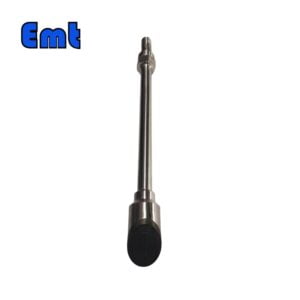
Innovative Design with Cartridge Seal
The EMT-CP Corrosion Probe incorporates an innovative design feature known as the cartridge seal. This cylindrical sealer enhances the functionality and reliability of the probe by providing a secure and leak-proof seal between the probe and the surrounding environment. It acts as a protective barrier, preventing corrosive substances from entering the probe and interfering with its performance.
The cartridge seal comprises a rotating sleeve forming a tight seal around the probe. Rotary casing is designed to withstand the corrosive conditions prevalent in industrial environments. It has excellent resistance to chemical erosion and physical stress, ensuring the long-term integrity of the seal.
The rotary sleeve has a dual purpose. First, it prevents external contaminants such as moisture, gases, and corrosives from reaching the sensitive parts of the probe. This barrier helps maintain the accuracy and reliability of corrosion monitoring data collected by the probe.
Second, the rotary sleeve acts as a barrier to prevent any substance injected into the probe from leaking, such as corrosion inhibitors or coatings. This property ensures that the injected material remains in the desired area, maximizing its effectiveness against corrosion.
Importance of Corrosion Monitoring in Oil and Gas Pipelines
The potential for catastrophic failures and severe environmental damage associated with oil and gas pipelines makes corrosion a significant concern. Inner wall corrosion, caused by the presence of corrosive fluids or gases, can lead to the formation of pits, cracks, and thinning of the pipeline walls, compromising the structural integrity of the pipelines, restricting the flow of fluids, and reducing production rates. Effective corrosion monitoring is crucial in promptly identifying and addressing corrosion issues, ensuring uninterrupted operation, and minimizing the risk of accidents.
Regular monitoring of corrosion enables industries to optimize their anti-corrosion measures. By tracking corrosion rates and patterns over time, companies can evaluate the effectiveness of corrosion inhibitors, coatings, and cathodic protection systems, fine-tuning the corrosion prevention strategies, improving their efficiency, and reducing costs associated with unnecessary maintenance or replacements.
Safety is paramount in the operation of oil and gas pipelines, and corrosion monitoring plays a critical role in maintaining the integrity of these vital infrastructure assets. By detecting corrosion early, industries can take proactive measures to prevent failures, leaks, and ruptures, safeguarding personnel, the environment, and the surrounding communities. Timely maintenance and repairs based on corrosion data help ensure the long-term safe operation of pipelines.
Working Principle of the Resistance Probe Type Corrosion Monitoring System
The resistance probe-type corrosion monitoring system is combined with the EMT-CP Corrosion Probe to employ electromagnetic resistance technology. This method measures the electrical resistance of the metal surface, which changes as corrosion takes place. The resistance measurements obtained by the corrosion monitoring system are transmitted to a data processing unit, which analyzes and interprets the resistance data, providing valuable insights into the corrosion process. The system utilizes advanced algorithms and mathematical models to process the raw resistance readings, enabling accurate and reliable corrosion rate calculations. The resistance change measured by the system directly correlates with the extent of metal corrosion. As corrosion progresses, the metal surface undergoes changes in its electrical properties, resulting in variations in resistance. By monitoring these resistance changes over time, the system can assess the severity and rate of corrosion. The resistance probe-type corrosion monitoring system utilizes established corrosion rate calculation formulas to determine the corrosion rates. By analyzing the resistance data and applying appropriate mathematical models, the system can quantify the rate at which metal loss occurs due to corrosion. This information is crucial for assessing the effectiveness of corrosion control measures and planning maintenance interventions.
Conclusion
In conclusion, corrosion probes, such as the EMT-CP Corrosion Probe, play a vital role in enhancing safety and optimizing productivity in various industries. These probes offer a range of advantages, including their lightweight and flexible design, excellent injection efficiency, and accurate location tracking capabilities. The innovative design of the EMT-CP Corrosion Probe, with its cartridge seal and integration with resistance probe systems, ensures reliable and precise corrosion monitoring.
Corrosion monitoring is of utmost importance, particularly in industries such as oil and gas, where the consequences of corrosion can be severe. By regularly monitoring corrosion, industries can identify potential issues, optimize anti-corrosion measures, and ensure the safe operation of pipelines and other critical infrastructure. The working principle of resistance probe-type corrosion monitoring systems, with their signal transmission, data processing, and determination of corrosion rates, provides valuable insights for effective corrosion management.
Corrosion probes, one of the key tools in capturing this critical data, serve as the eyes and ears of industries. These probes allow businesses to gather essential information, providing the basis for informed decision-making processes. With the data they provide, industries can enhance their safety measures, effectively optimize the usage of resources, and ultimately increase overall productivity.

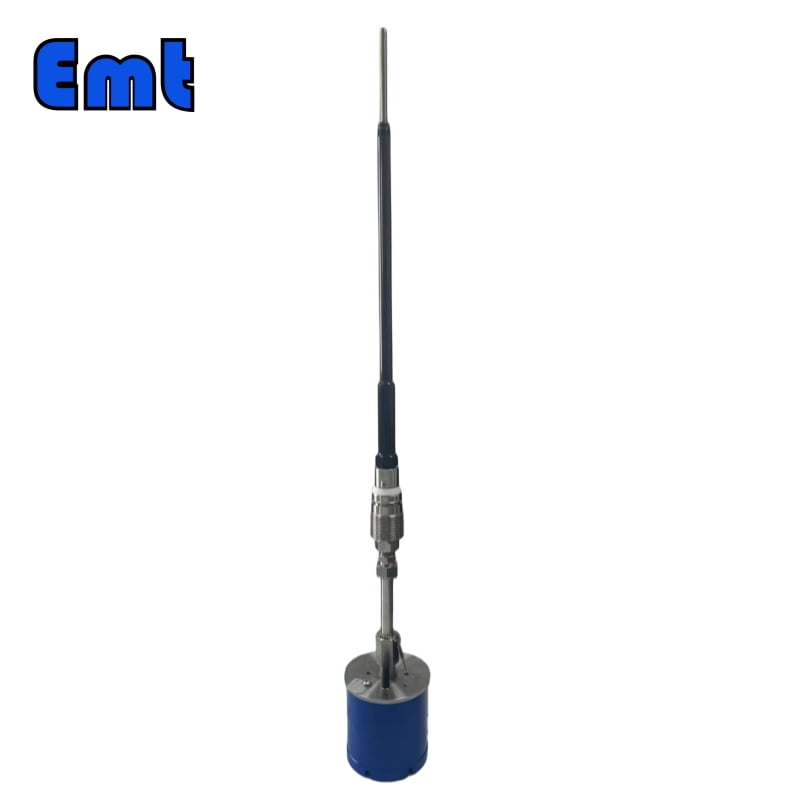
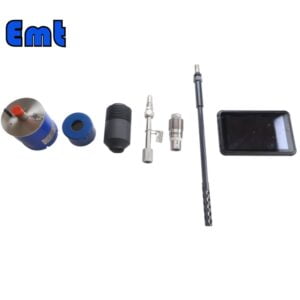
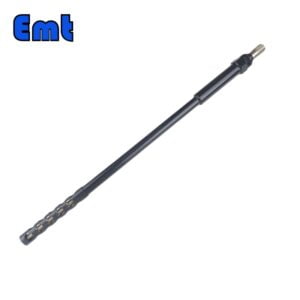
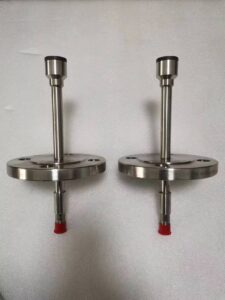
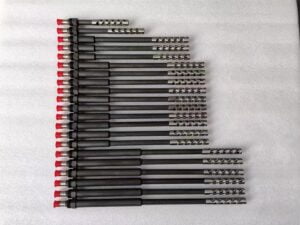
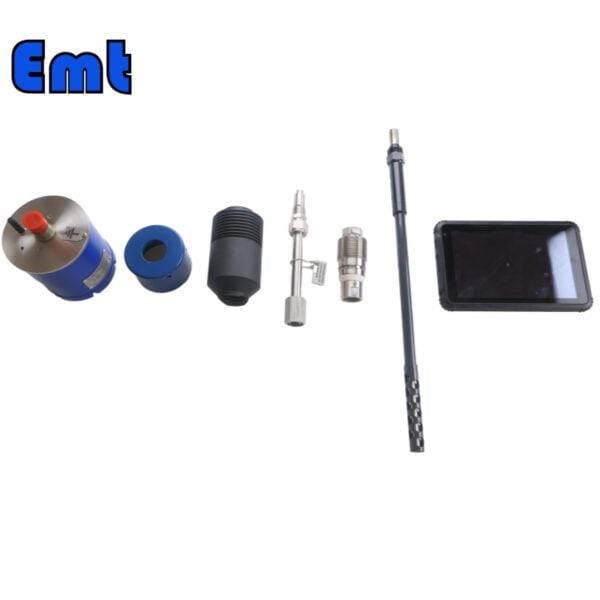
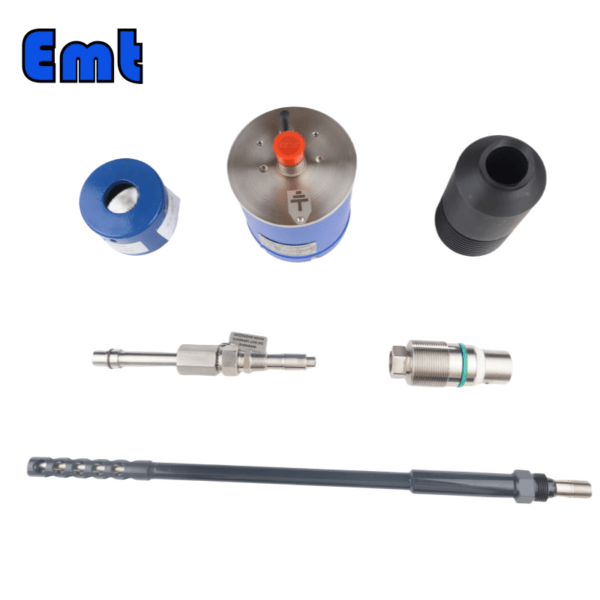
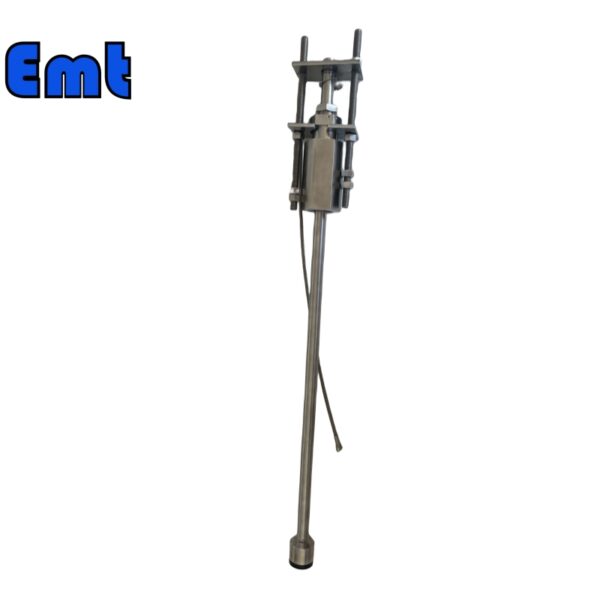
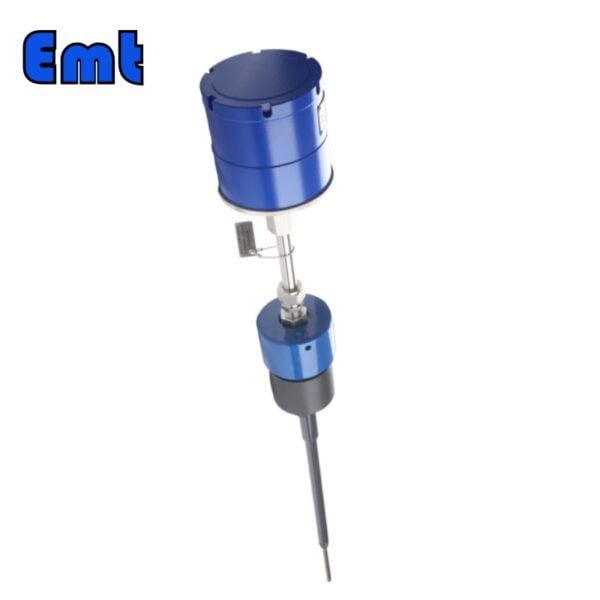
Reviews
There are no reviews yet.